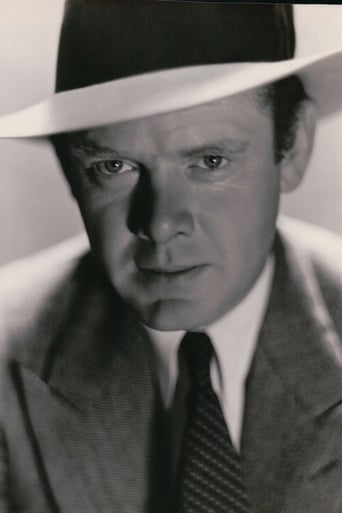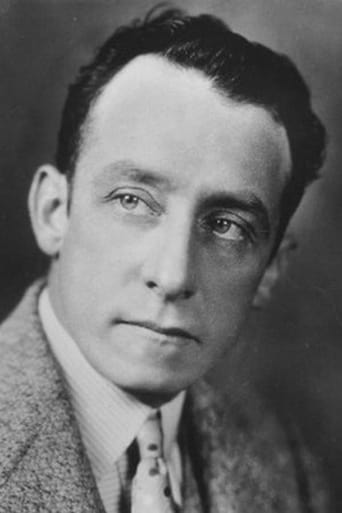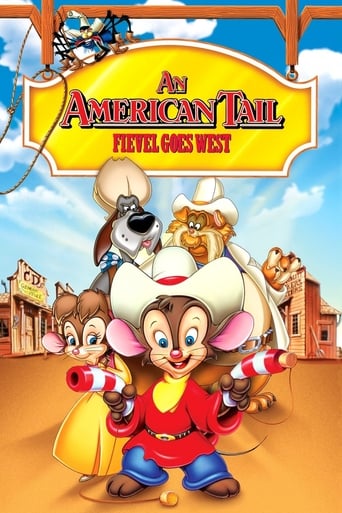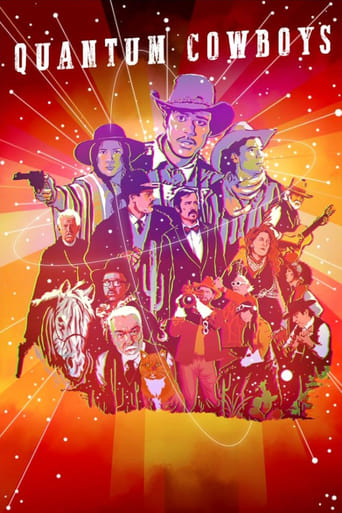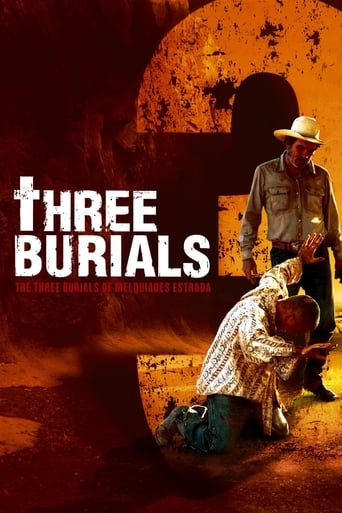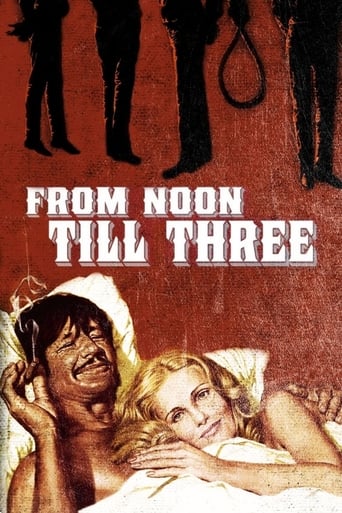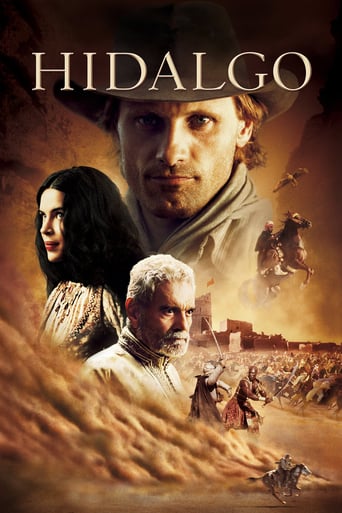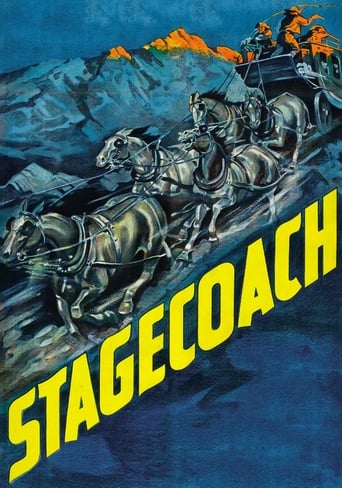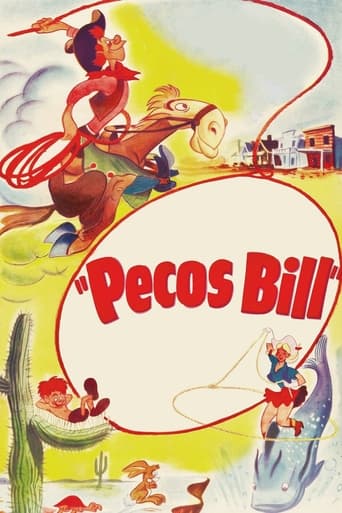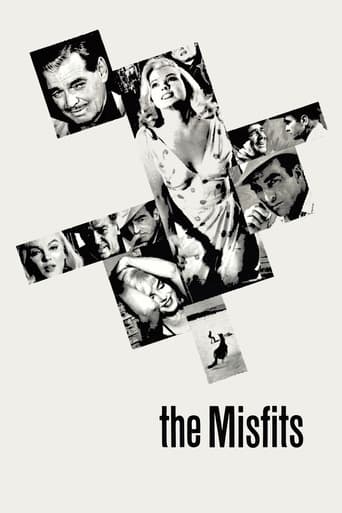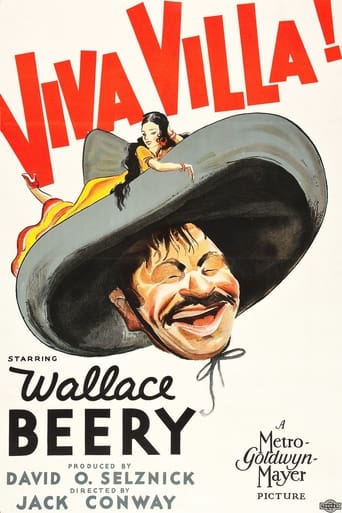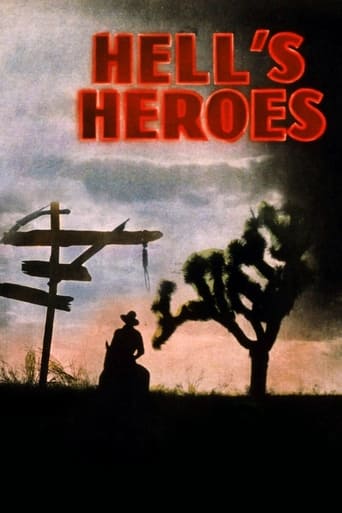
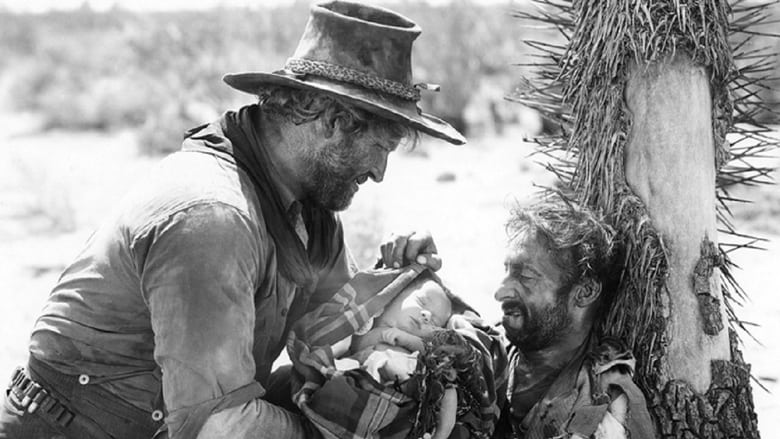
Hell's Heroes (1929)
Three bank robbers on the run happen across a woman about to give birth in an abandoned covered wagon. Before she dies, she names the three bandits as her newborn son's godfathers.
Watch Trailer
Cast


Similar titles
Reviews
Good start, but then it gets ruined
From my favorite movies..
Blistering performances.
It is a whirlwind of delight --- attractive actors, stunning couture, spectacular sets and outrageous parties. It's a feast for the eyes. But what really makes this dramedy work is the acting.
This is an early version of John Ford's "Three Godfathers" and is itself a remake of Ford's still earlier "Three Badmen." I've never seen the last but "Three Godfathers" has more of Ford's rough humor and corny sentiment. It's also in crisp and impressive color."Three Godfathers" had John Wayne in the lead and you pretty much know he's going to survive -- at least long enough to reach the town of New Jerusalem with the baby he holds in his arms, thoroughly dehydrated, and order a tall cold beer in the saloon before collapsing."Hell's Heroes," directed by William Wyler, isn't at all funny or sentimental, though the religious symbolism is unavoidable. Four men rob a bank. One is killed outright. The other three escape into the desert, lose their horses, and adopt the newborn infant of a mother dying alone in an abandoned wagon. There isn't enough water for all of them. The three bandits trudge off towards New Jerusalem but, one by one, they fall dead by the wayside until only Charles Bickford is left. He dislikes the baby. ("What the hell do you want now?") He blames the infant for the deaths of his best pals.In the end, having shed all his accoutrements except the wrapped-up baby, he reaches the end of his rope at a well. The well is poisoned but Bickford can walk no farther. So he sacrifices himself. He drinks his fill of the arsenic water and it gives him an hour before it kicks in. By that time he should have made it to the town. He does make it successfully, but instead of collapsing in a saloon he dies in a church, having saved the infant.It's one of the earliest talkies and is pretty rough hewn. All the bandits talk tough but Bickford is the toughest of them all. He winds up dead and in rags on Christmas day, and no one applauds his arrival. Well, it's a noble death. I suspect these days that some of us would have drunk all the water without sharing it with the infant and, when it quivered and was still, would have eaten the child. It's a Social Darwinist world out there.
I viewed this film as a historical piece on locations. It is footage of the town of the old mining town of Bodie, pre-fire which destroyed 90% of the remaining town in 1933. It is now a state park and the official ghost town of Calif. Having visited several times, it was amazing to see actual businesses and buildings that no longer stand. And the ones that do - 80 years later. The church that is seen in several of the exteriors is still there today, but none of the buildings seen between it and the main street exist. This would have been, in 1929, a long way to travel for a location shot with crew and equipment. I'm glad they did.
This is the third sound remake I have seen of this film. It already has been filmed as Broncho Billy and the Baby (1915), The Three Godfathers (1916), Marked Men (1919), Three Godfathers (1936), 3 Godfathers (1948) and The Godchild (1974) according to IMDb. I think it's time they stopped remaking this film--and fortunately, this has been the case for the past 35 years. While I am a fan of John Wayne, I really think his 1948 version is far from the best.One of the first things you may notice about this 1930 version is its absence of incidental music. Like all the films from 1929-1931 (give or take), they still hadn't perfected how to do this. In many of these films, to have this music meant having an orchestra just off camera! And, since this is an outdoor film AND most of these early films only used music sparingly, you will notice how quiet the film is. However, it is fortunate that otherwise the sound is very good--and it's easy to understand the voices in the film--something that isn't always the case.The plot is pretty much the same as the other films. Three bandits rob a bank and make a getaway. On their trek across the desert, they stumble upon a lone wagon without an animal to pull it. Inside is a pregnant lady about to give birth. These desperate criminals find it within themselves to help the lady and even take the child with them back to civilization after she dies. This is even at the possible cost of being caught and having to share what little water they have to get the kid to safety. Their selflessness is a sharp contrast to who they were when the film began and the story is all about hope and redemption.Overall, it's a very good story and of the three versions I have seen, I still think the 1936 version with Lewis Stone is the best and the 1930 version comes next. The 1936 film lacks the sappy sentimentality of the later John Wayne version and the acting is simply better than this 1930 version. I think because sound was such a new medium, the actors in the 1930 film tended to over-annunciate their lines and tended to sound a bit fake. This stiffness undoes some of the impact of the movie. My choice for the best of these is pretty funny, actually, considering that two great directors made the versions I liked less--John Ford (1919 and 1948) and William Wyler (1930). Lowly Richard Boleslawski made the 1936 remake! Go figure.So, if you are a film nut like me, try seeing them all! But, if you are a normal and well-adjusted person, you'll probably only want to see one--make it the '36 film. It has a great cast and delivers the best punch.
Much tighter and less bloated with extra characters and subplots than the later versions. The story has enough plot on it's own. It avoids the pitfall of being syrupy, a pitfall that the John Wayne version does not avoid. It's not the sanitized west of most films of the genre. You just know that those hombres hadn't bathed in a month of Sundays. The film gets right down to business. It avoids another pitfall, as well. Early talkies tended to be just that--talkie. This film makes good use of visuals in developing the characters and moving along the story. It has much more of the feeling of the just past silent era about it than the just arrived talkie era.


